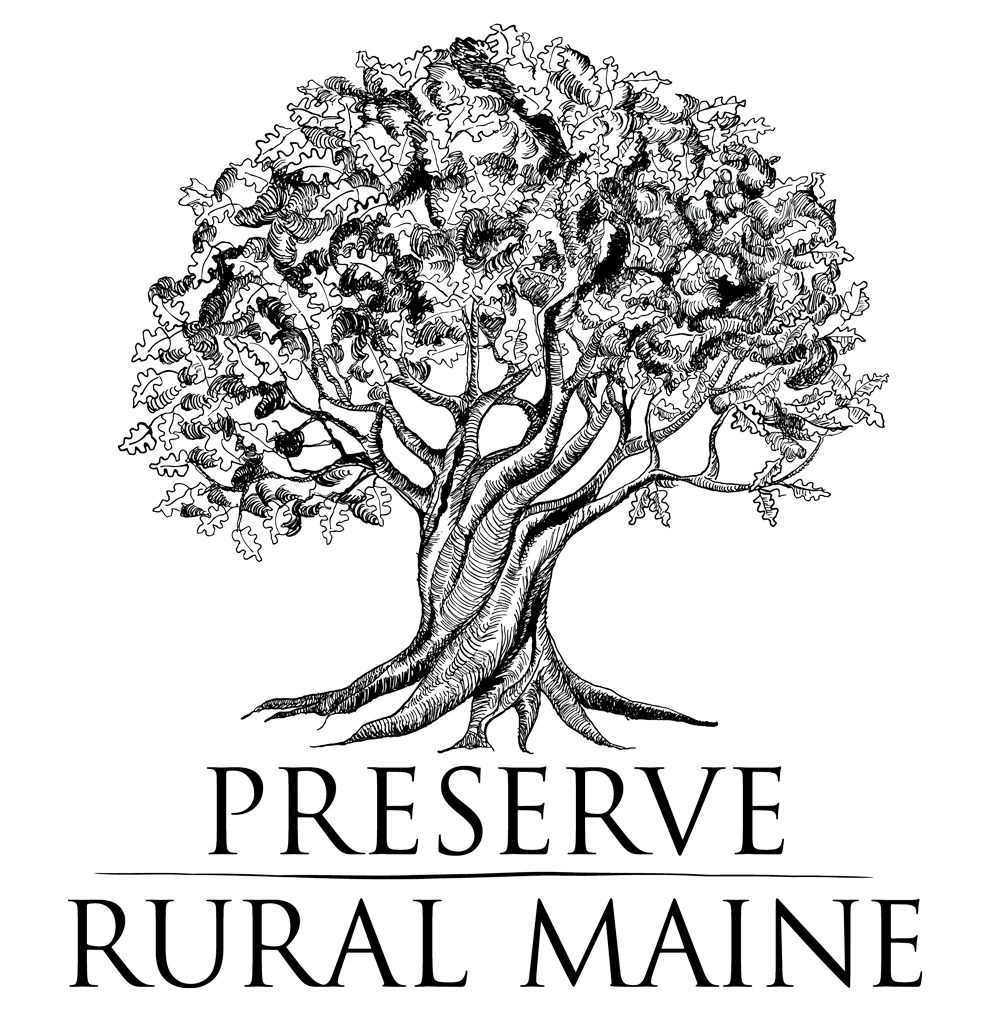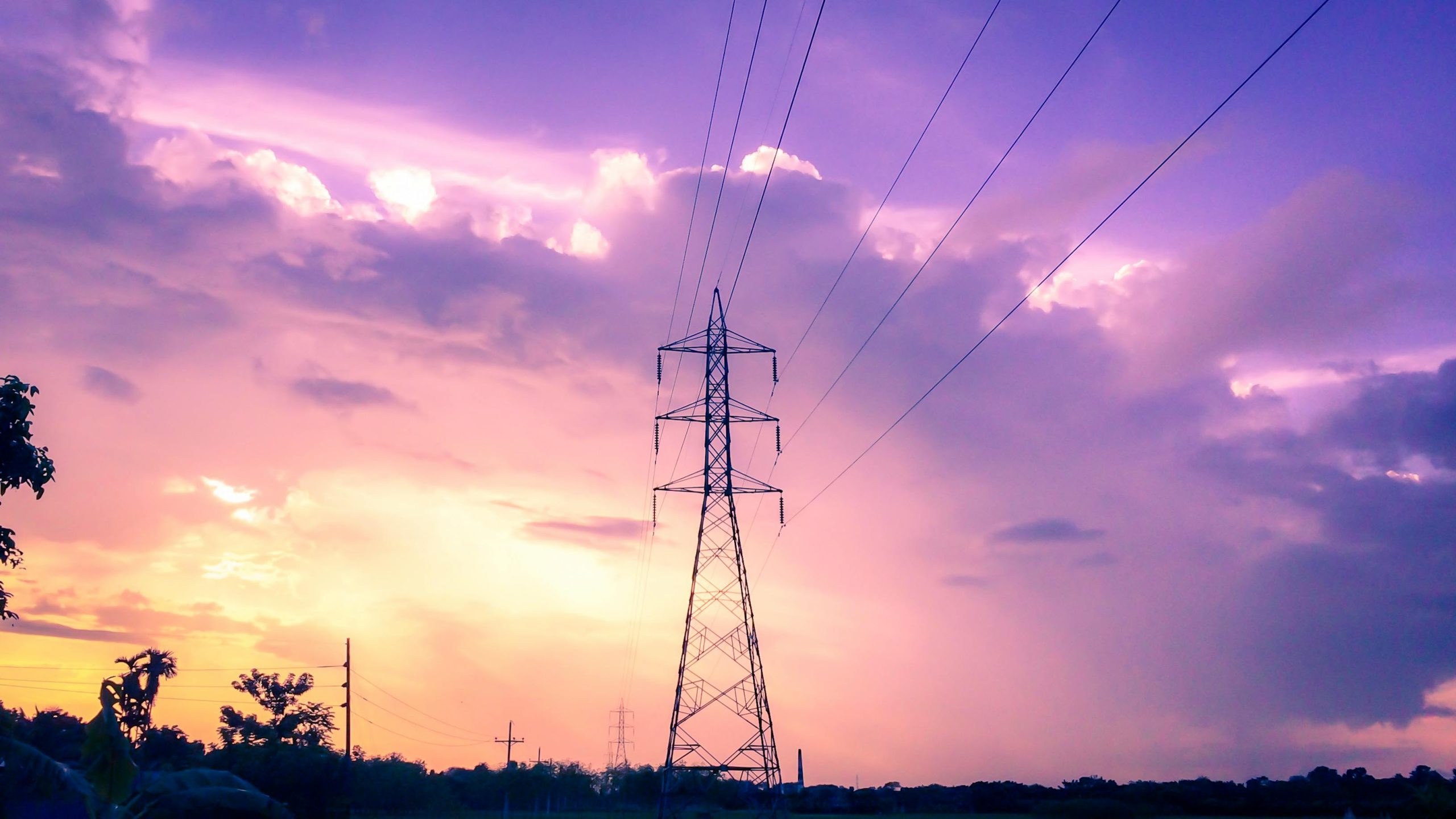News that the Biden-Harris administration will fund the Aroostook Renewable Gateway came suddenly, and we are still in the process of sorting through details.
Broadly speaking, PRM supports high-voltage transmission options that minimize community and environmental harms, which is why we advocate for national best practices like burying HVDC lines along existing corridors. Without a statewide feasibility study (which we advocated for last legislative term), it’s difficult to know the merits or drawbacks of buried HVDC for this particular route.
That said, if the proposed overhead HVAC system is truly the only option here, we’re encouraged to see the state following a route that, if we’re correct, runs largely along an existing MEPCO corridor.
We’re concerned, however, about property owners who abut the expansive MEPCO-owned greenfield areas running from Lincoln to Corinna, as well as those in the path of the new 38.5-mile overhead corridor that (per the capacity contract) would run from Pittsfield to Coopers Mills. Given this sudden news about the project, are these landowners aware of the state’s plans? Rural Mainers continue to face the challenges of declining agricultural production, high poverty rates, and large-scale development projects that don’t necessarily benefit host communities. The last thing they need is a high-impact transmission corridor that diminishes property values and harms the character of rural communities — all while saving them little on skyrocketing electric bills. If the history of industrial grid development in Maine has shown them anything, it’s that new projects don’t “help stabilize costs.” Better policy does.
These are some of the reasons why many remain concerned about the state’s next move. It’s also why PRM has engaged in the RFI process leading up to today’s announcement.
We will continue to monitor and engage the situation as it unfolds, making sure to do everything in our power to protect vital rural communities and ecosystems.


Leave a Reply